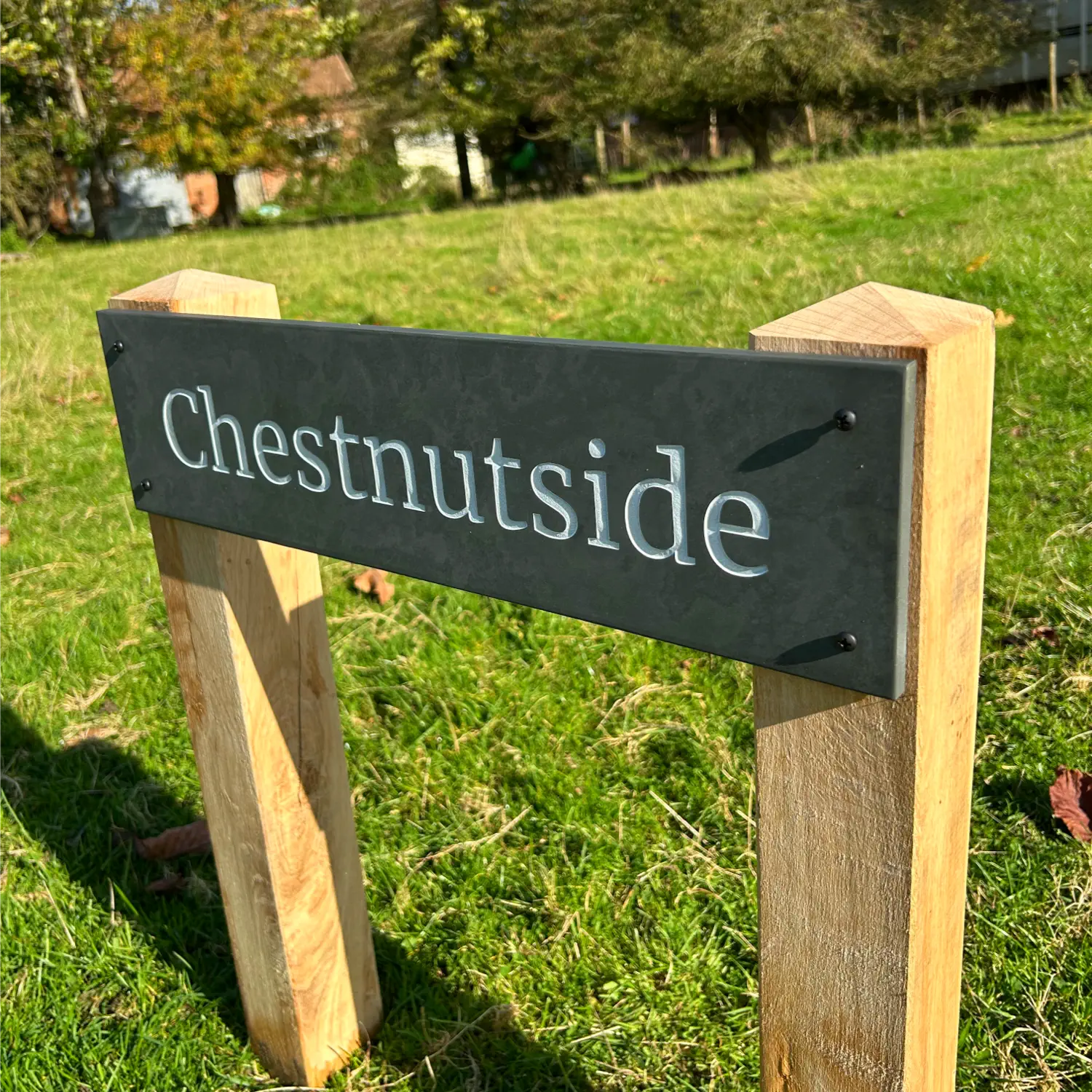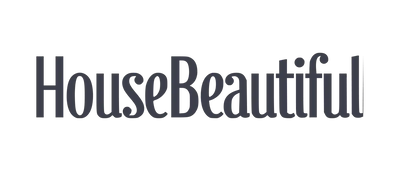Changing Your House Name in 8 Steps
First things first, only the registered legal owner of the property can change its name. If you’re not the owner, you’ll need to obtain their permission beforehand. If you are the owner or you have their approval, follow this step-by-step guide to complete the process.
Make sure you’re the legal owner of the property, as only the owner has the authority to initiate a name change. If you rent, you’ll need written permission from the owner.
Reach out to your local council (the one you pay council tax to), as they handle property name registrations in your area.
If you're wondering how to apply for a house name change with your council, most councils have clear guidelines for changing property names, and many offer application forms on their website. You can find your local council website using your postcode, here.
When you apply, you’ll need to provide certain documents - see the section below for details.
Complete the application with your local council, either online or via a physical form. Councils typically charge a small fee for processing house name changes, usually between £30 to £70.
The council will review your application, checking that the proposed name doesn’t conflict with other properties and that it meets any guidelines. They may also consult with Royal Mail to prevent duplication in your area.
Once approved, the council will update their records and notify relevant bodies, such as Royal Mail, the Land Registry, and the Electoral Registration Office, ensuring that your house name change is officially recorded.
After receiving confirmation, update your address with key service providers and contacts, including: banks, DVLA, your GP, utilities providers, and any family members who may wish to send you a Christmas card!
With your new house name officially registered, it’s time to display it proudly! A custom house sign not only reinforces the name change but also adds a touch of personality and style to your property. Check out our range of house signs to find the perfect slate or granite sign for your home.
What Do You Need to Provide to Change Your House Name?
Although the information which the council request from the homeowner may vary from one council to another, generally they will require the following information:
Your Name
You'll need to use your full legal name, the same name used when you purchased your property.
Current House Name
You'll need to let the council know the full address of the house/building you want to change the name of.
Proposed House Name
Let them know the new name your want for your property. In most cases, you can only change the house name/first address line.
A Location Plan
This highlights the position of the property, as well as the immediate surrounding area for the context of the location.
Your Contact Information
Make sure to provide your contact details, usually an email and phone number is required.
Other Important Considerations
Fees for Changing Your House Name
Most councils charge a small administrative fee for processing house name changes. This is typically around £30 to £70, though it may vary depending on your council. Contact your local authority to confirm the exact amount.
Wait for Confirmation
The council will need to approve your UK house name change application before it becomes official. They’ll check that the name is suitable, doesn’t conflict with other properties in the area, and adheres to their guidelines. Once approved, the council will handle updates with relevant bodies, such as Royal Mail and the Land Registry.
Special Circumstances
If you live in a numbered property (e.g. 38 Forest View), your council may require you to retain the house number as part of changing the name of your property. For instance, you might change the address to 38 Rosedale instead of removing the number altogether. Some councils have specific rules regarding listed buildings or properties in conservation areas, so be sure to check if additional steps apply to your property.
And finally...
Once your new house name is confirmed and your custom house sign is on the way, the final step is to display it proudly. Follow our house sign installation guide for easy instructions tailored to the fixing method you selected — whether drilled, adhesive, or hidden fixings. It’s quick, simple, and ensures your sign looks its best for years to come.





















